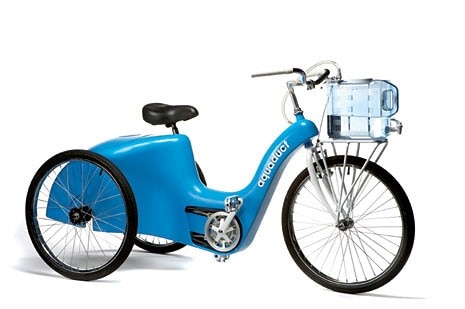Small problems or minor handicaps are rarely addressed by industrial design. They usually come under a category of medical products that leave little room for aesthetics, with the result that users are often put off by the products’ unattractive appearance. Consequently, objects are left unused that could help to resolve a physical handicap or go some way towards compensating for it, leading to a range of connected problems. Based on this consideration, the young, internationally trained German architect Matthias Ries has developed Batphones, a large prosthesis to wear like headphones that was inspired by bats’ ears, an animal sound system perfectly configured for frontal listening. The development of the design is also based on a highly simple consideration: to hear better, sometimes it is enough to cup your hands behind your ears. The design strength of Batphones, the factor that makes them a candidate to be accepted unreservedly by users both young and old, is that they don’t resemble a prosthesis. Their shape is so well designed that they look more like a gadget for the more eccentric. Ries has identified a large range of primary users: anyone who needs to increase their hearing ability in situations of frontal listening, such as watching the television (particularly in the case of the elderly) or listening to a conference from the back of a room. The shape of the ears ideally projects in the direction of the sound source to collect the greatest quantity of sound waves and direct them into the auditory channels. Simplicity of form is combined with simplicity of making, resulting in a low-cost product. Batphones are made from a single piece of injection-moulded plastic and are ideal for selling at conferences or offering as a free gift to participants. They bear no resemblance to electronic acoustic appliances and headphones, objects that are used for more serious hearing problems or more complex listening situations, but that are decidedly less attractive in terms of design.
A series of objects conceived by two young designers from Naples, Ernesto Iadevaia and Lorenzo De Rosa – who since 2006 have been working under the name of Sovrappensiero – is based on an approach that is somewhat unusual with respect to the greater part of contemporary design: they work towards involving all the senses, not just sight or at the most touch. In doing so, they have come up with five highly poetic objects that communicate through taste, smell, touch and hearing, an approach that is also original in the context of products currently available for the blind that use just touch and hearing to substitute visual functional interfaces. Touch and smell are the senses used in Soap-Opera, a picture made from layers of soap and clay that is experienced a bit at a time, after wetting the hands by touching the terracotta basin hidden behind the fold of the picture: the first layer is made of soap and scent, the second of soap and flowers, and the third is rough clay, simulating the earth. It is a piece that needs the user to make it truly complete. Also related to smell is Scented Time, a clock that makes time a highly personal affair. A number of candles with different aromas that each last 20 minutes can be arranged according to aroma and lit for the purpose of measuring time with madeto- measure rhythms and scents. Meanwhile, Diapason uses sound connected to light. Enjoying the quality of light at a particular time of day in different seasons also becomes possible for blind people thanks to a solar panel and an electromagnetic device that conveys sunlight onto a diapason, which in turn translates it into a musical sound. Hearing and touch are the ingredients of Autunno, a rug padded with special materials that rustle like dry leaves when walked on, a piece of forest to enjoy in the comfort of one’s home. Working on a more symbolic level is the latest object by Sovrappensiero: Rifletti, a double-layered mirror. By looking through a gap in the centre of the first layer, one accesses a second deeper mirror. Because the most beautiful things are often accessible only with a second, less superficial look.
The SOS that led to the production of Tsai Design Studio’s Nested Bunk Beds – the winning design in a competition run under the emblematic title of “36sqm Challenge” – came from South Africa, to be more precise from an orphanage for AIDS victims. The key area of the building given over to the sick children was a 50-square-metre room for accommodating 20 children, used both during the day and at night. The brief was to create a highly flexible area for playing and sleeping, and with this dual function avoid the depressing atmosphere that occurs in more traditional care homes. To respond to the issue of manufacturing, the non-governmental organisation Shoebox Homes was created especially for the project. Established with help from the Pick ’n Pay Ackerman Foundation which ran the “36sqm Challenge” competition, the NGO set up a factory to produce beds and distribute them to all the orphanages in South Africa. Strangely, the designers found inspiration for this bed system in an object belonging to a culture that lies a long way from Africa, the Russian Matryoshka doll. The bed modules are identical in shape but differ slightly and progressively in size, and the way they fit together became the key to this extremely simple design, made from wood painted in a series of graduated colours along the visible side, providing a mark of joy and hope. The mattress is of standard size while the length of the bed gets smaller, as does the height of the frame, so that five elements can be fitted together. They can be taken out at different times of day to function as a two-seater sofa, multiple seating or beds, and can be stored away during playtime. If design for need means good and simple technology that resolves some of the problems of the world’s poor, Nested Bunk Beds seems to fit the bill. This was recognised by the recent Design Indaga Expo 2008, where it was nominated the Most Beautiful Object in South Africa.
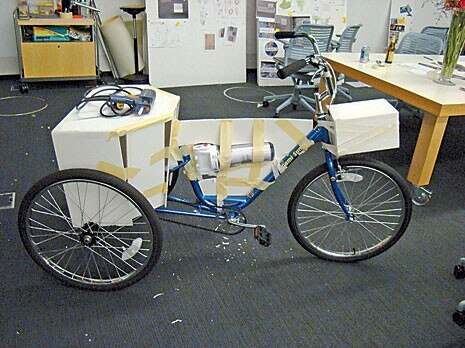
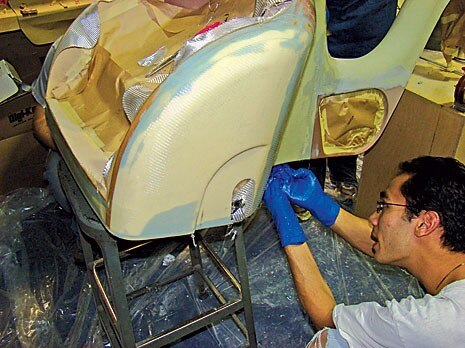
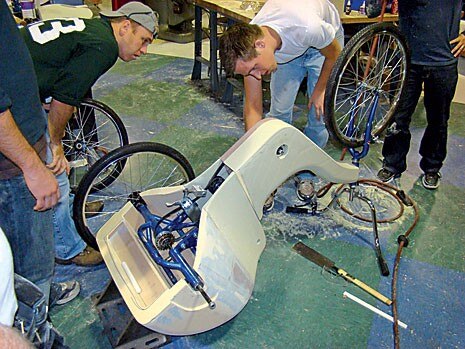
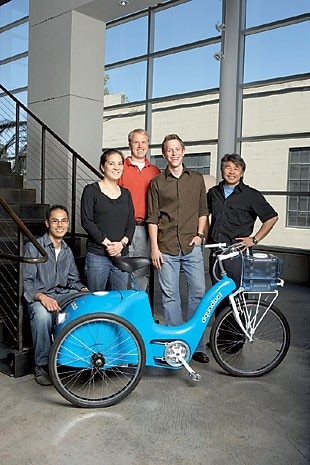
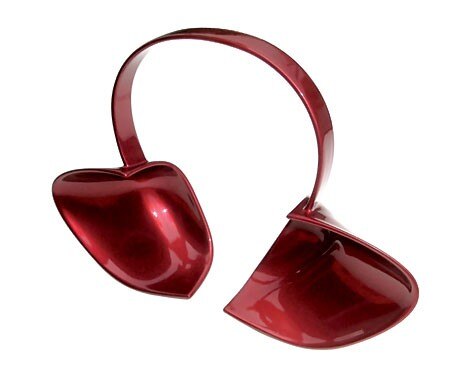
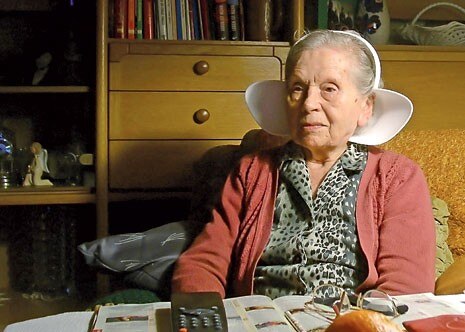
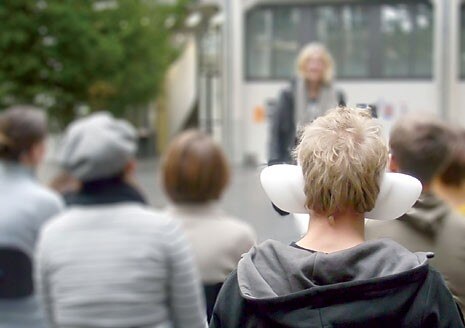
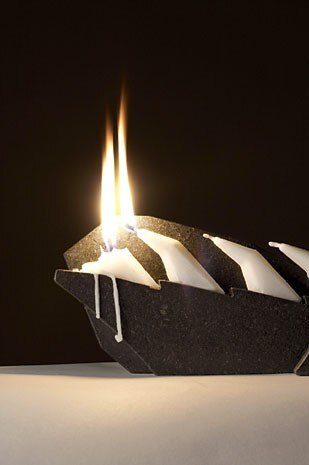

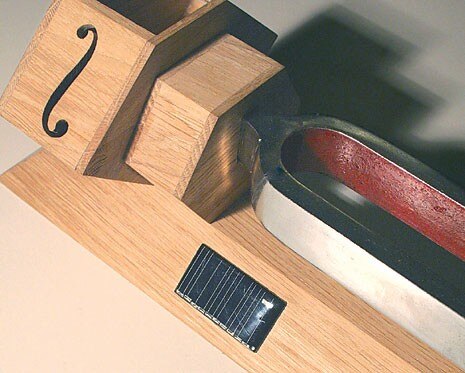
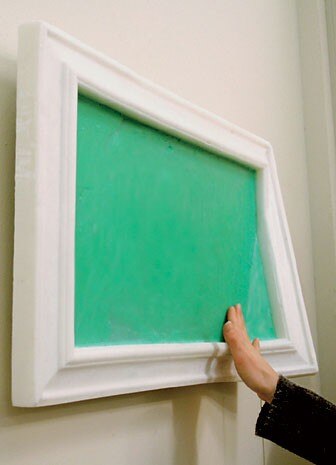
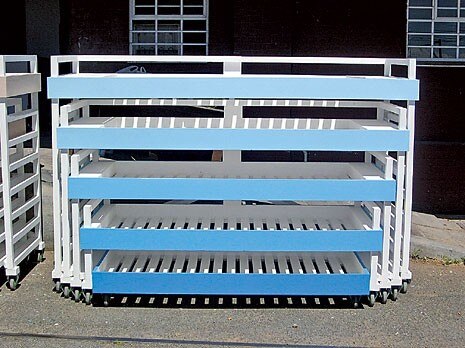
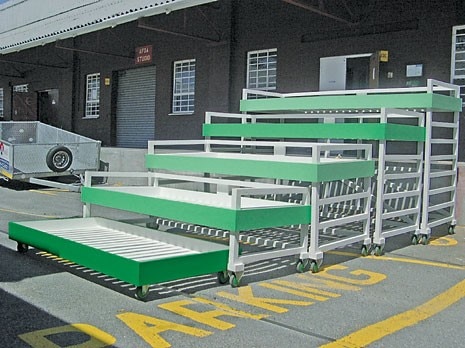
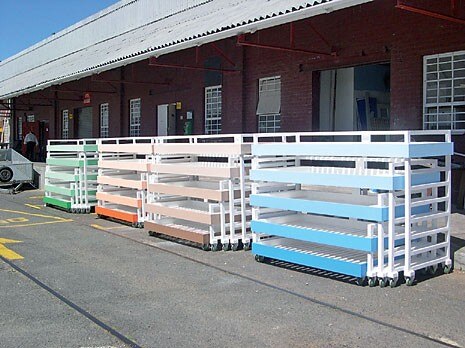
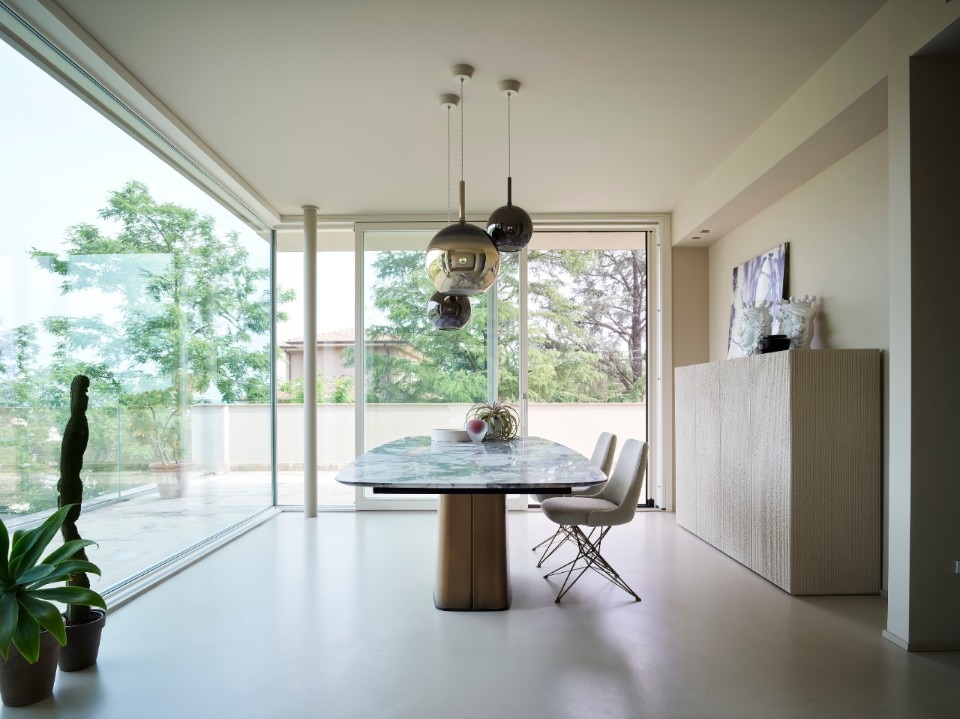
What if the edge could connect?
FLAT is the flush window born from a deep dedication to design; it speaks the language of architects, integrating seamlessly into diverse contexts.


